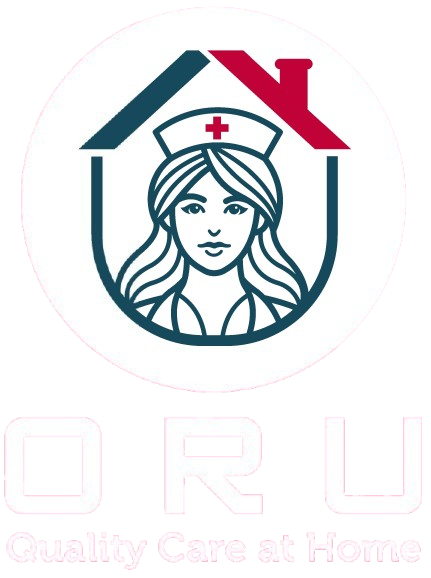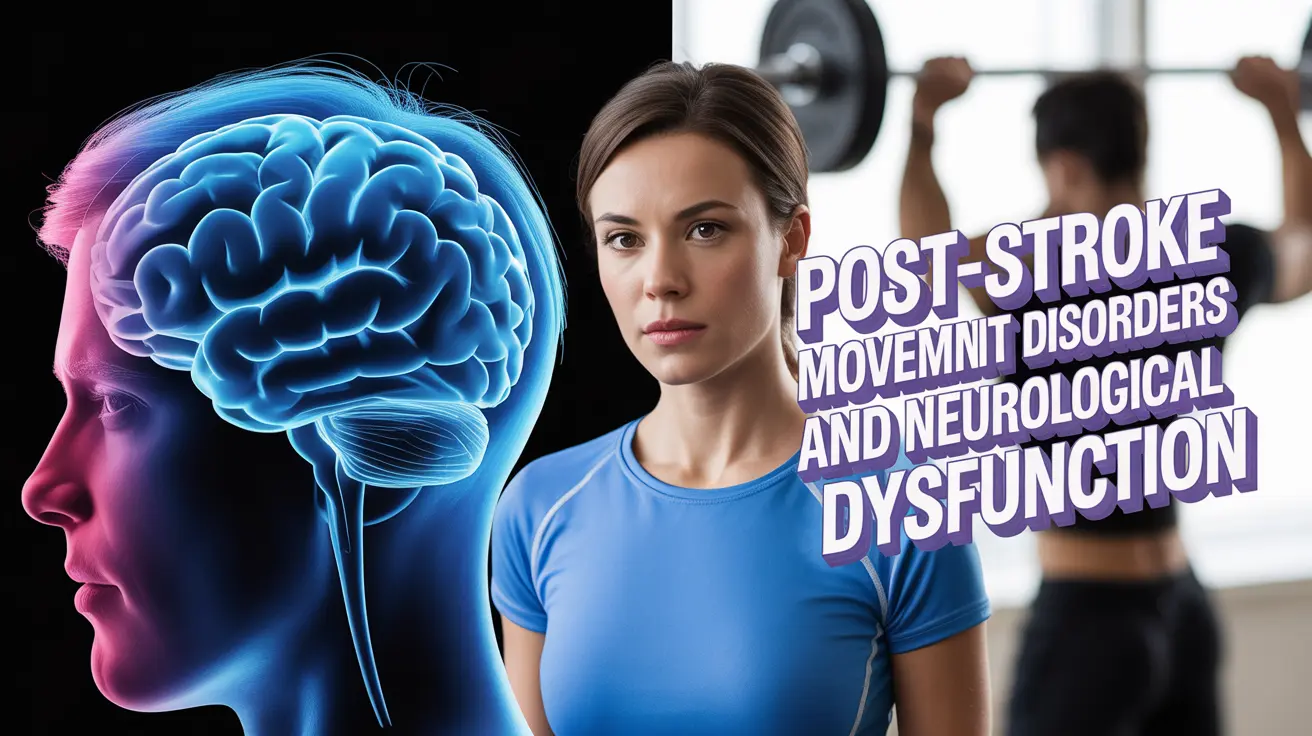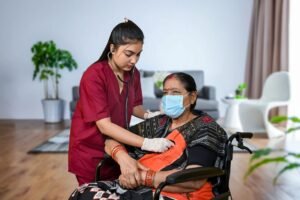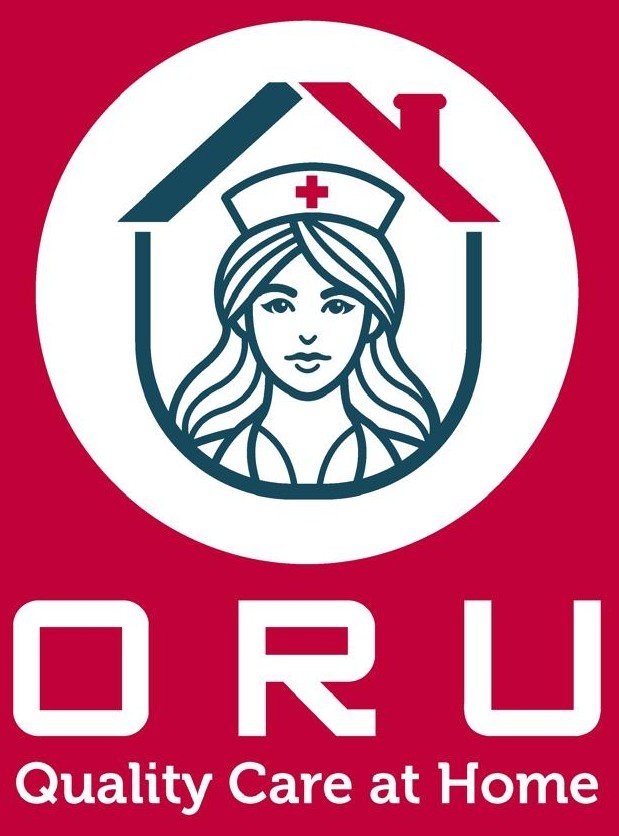Common Neurological Disorders Post Stroke and Neurological Dysfunction: Clinical Methods and Effective Treatment
In case of a stroke, whether it is an ischemic stroke or hemorrhagic stroke, both of these can create more than immediate damage to a patient’s body.
Beyond the motor deficits, patients with post-stroke often develop some neurological dysfunctions. Sometimes, there are more severe movement disorders after stroke that significantly impact recovery and quality of life. Stroke survivors may also experience and go through some involuntary movements, spasticity, seizures, aphasia, cognitive decline, and post-stroke depression.
According to the National Institutes of Health, almost 65% of stroke survivors report at least one long-term neurological complication. Later, the development of these disorders is linked to some severe brain damage, cognitive dysfunction, and even the chances of lesions in the central nervous system, particularly following a post stroke. So, getting an overview and understanding these clinical manifestations and pharmacological management options is very crucial for effective medical treatment of stroke and even the rehabilitation of stroke patients.
Aphasia: Language and Speech Issues in Post-Stroke Patients
One of the most common dysfunctions after an acute ischemic stroke is aphasia – it is a disorder that affects both speech and language. Around 25–40% of stroke survivors develop aphasia, depending on which hemisphere of the brain the stroke involves. While Aphasia may create difficulty in producing speech, understanding spoken words, or both, lesions in the dominant hemisphere can cause some expressive aphasia or receptive aphasia.
Furthermore, effective treatment for aphasia includes proper speech therapy, computer-assisted rehabilitation, and some repetitive language training. A systematic review and meta-analysis of stroke rehabilitation methods highlights the early intervention that significantly improves recovery after stroke. It works better, particularly in patients with acute stroke. While complete recovery may be rare, continuous therapy can help you to achieve results, enhance communication, and improve the quality of life.
Seizures and Epilepsy: A Common Post-Stroke Complication
Stroke is the leading cause of epilepsy in elderly people. The prevalence of seizures in stroke patients ranges from 5–15%, with a higher risk in those suffering from hemorrhagic stroke. Seizures may also occur in the acute phase of stroke, or there are many cases when chronic epilepsy develops due to neuronal scarring.
Clinical management typically involves some antiepileptic drugs (AEDs). Here, Levetiracetam is used in the treatment of post-stroke seizures and has shown better tolerance and fewer side effects compared to traditional AEDs. Identifying risk factors for stroke recurrence and monitoring seizure onset is critical for patient safety. According to the Lausanne Stroke Registry reports, post-stroke seizures are very frequent. It means the frequency of post-stroke within the first 7 days is higher, emphasizing the overall importance of acute monitoring.
Muscle Spasticity and Stiffness: Post-Stroke Affects
Post-stroke spasticity is a disabling condition caused by reduced inhibition in the central nervous system following stroke. About 30–40% of patients with post-stroke develop muscle stiffness and spasticity within the first year. It often involves the stroke-affected side of the body, limiting the chances of motor recovery and rehabilitation outcomes.
Spasticity is a hyperkinetic stroke movement disorder – often results from the disrupted motor pathways. Some clinical methods include involuntary contractions, rigidity, and even some impaired mobility. Also, effective treatment options range from physical therapy, stretching, and splinting to pharmacological interventions such as baclofen, botulinum toxin injections, and tizanidine. In severe cases, surgical procedures like intrathecal baclofen pumps are also used to treat these cases.
Moreover, a systematic review when performed on patients found that the botulinum toxin significantly decreases the severity of dystonia and the spasticity at low doses, improving the functional outcomes for stroke survivors.
Cognitive Impairment and Post-Stroke Dementia
Cognitive dysfunction is a very common complication of stroke, with nearly one-third of patients developing serious post-stroke dementia within five years. When it comes to lesions, common movement disorders in brain regions, especially due to thalamic stroke, can cause impaired memory, attention, and executive function. Patients with vascular Parkinsonism often present with both motor and cognitive deficits.
Furthermore, vascular Parkinsonism indicates that dopaminergic dysfunction may underlie the cognitive decline in post-stroke patients. Effective treatment also includes cognitive rehabilitation, pharmacological support with the cholinesterase inhibitors, and structured cognitive exercises. Early recognition of cognitive impairment is also vital when it comes to having recovery from stroke and reducing mortality in stroke patients.
Depression, Anxiety, and Post-Stroke Emotional Dysfunction
Beyond physical and cognitive effects, post-stroke depression and anxiety are some of the most common emotional complications. According to the research, up to 50% of stroke survivors experience depression, while the remaining 30% suffer from post-stroke anxiety. These emotional dysfunctions delay post-stroke recovery, worsen quality of life, and increase the overall risk of mortality.
Post-stroke emotional changes are linked to lesions when it comes to movement disorders due to thalamic and cortical brain regions. Also, the nervous system disruption affects neurotransmitter regulation, leading to serious mood disturbances. Clinical manifestations and even pharmacological management often involve a proper combination of antidepressant medication (SSRIs), psychotherapy, and even some structured rehabilitation programs. Addressing these emotional complications is very critical in managing motor recovery after a stroke.
Stroke Care Strategies That Address Motor Deficits
Though stroke in the elderly are more common, strokes can happen at any age. However. Stroke survivors often require an ideal and comprehensive rehabilitation strategy that addresses not just the motor deficits but also proper neurological, cognitive, and emotional dysfunctions. Effective management of post-stroke movement disorders — including spasticity, aphasia, seizures, and vascular parkinsonism — these issues always demand a proper approach from skilled neurologists, physiotherapists, psychiatrists, and even the best help from experienced rehabilitation specialists.
Moreover, understanding the movement disorders helps guide treatment of post-stroke spasticity, vascular chorea, and dystonia. Treatments such as levodopa in vascular Parkinsonism and levetiracetam in seizure management demonstrate how tailored pharmacological strategies can support better outcomes.
Ultimately, the proper rehabilitation of stroke survivors must integrate the clinical manifestations and pharmacological management of proper post-stroke complications, ensuring both physical and psychological recovery.
Conclusion
Stroke is not a single event; heart disease and stroke are related to each other. But, most of the time, it creates some serious condition with some lasting consequences. From some normal movement issues to some serious cognitive decline, as well as post-stroke emotional disorders, the complications can weaken a patient. So, this is why stroke survivors need proper support. Rehab, effective treatment strategies, some effective tailored therapy approaches to advanced pharmacological management, and post-stroke movement disorders are not easy. Moreover, by addressing these serious dysfunctions ahead of time, healthcare providers and neurologists can improve motor recovery, reduce mortality rate, and even enhance the overall quality of life for patients with post-stroke conditions.






